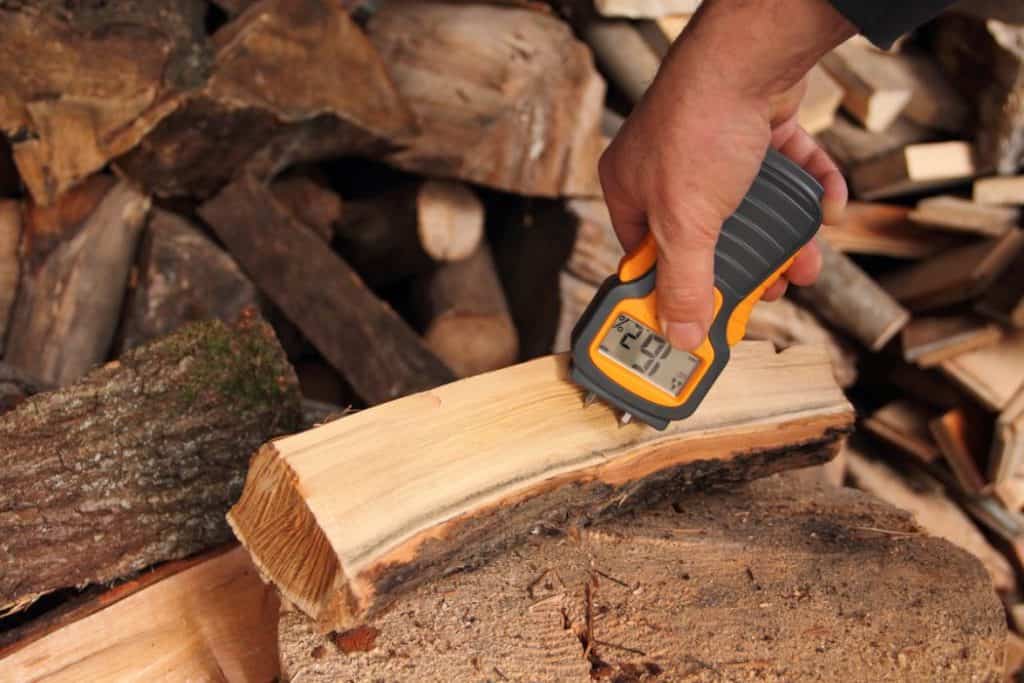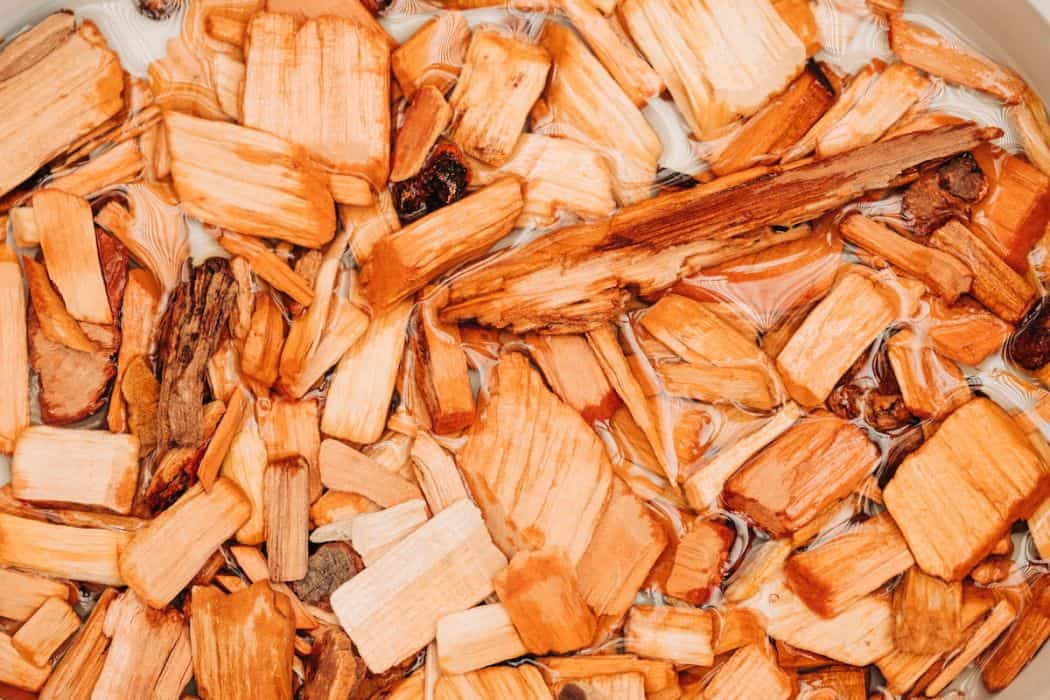Soaking wood does make it easier to carve. Wood that is wet results in an easier passage of your knife through it. This allows for better control and less stress on your knife and hands.
You can wet wood for an easier carving experience by soaking it, spraying it, or cutting it freshly off a tree.
Why Is Wet Wood Better for Carving?
There are a few different reasons as to why wet wood makes for a more enjoyable carving experience. A few of these reasons include:
- Wet wood doesn’t dull your knife as fast
- It is easier on your hands because you don’t have to apply as much pressure
- It doesn’t require as much patience because it carves much faster than dry wood
How to Wet Your Carving Wood
If your wood appears dry and/or brittle, you should consider wetting it to make your carving experience more enjoyable. To do this, you can choose from three different methods.
- Soak the wood in water
- Spray the wood with an alcohol and water mixture
- Use green wood
All three methods will result in moist wood that will be much easier to carve.
How to Soak Your Carving Wood
If you want a simple way to moisten your wood throughout, you should consider soaking it.
Simply place your piece of wood in water for about 10-20 minutes for pieces that can fit in the palm of your hand. Larger pieces may require more time.
You don’t want to leave the wood soaking for too long as this can cause the wood to split along the grain.
The only downfall is that the center of the wood may still be dry after soaking since the water is absorbed from the outer layer. However, the majority of the wood should still be great for easy carving.

How to Spray Your Carving Wood
If you want to have a better chance of moistening the wood’s center, you may consider the spray bottle method.
For this method, you fill a spray bottle with ¼ rubbing alcohol and ¾ water and spray the mixture on the wood. The alcohol in the water allows for the water to penetrate deeper into the wood by removing surface tension.
You don’t have to spray the whole piece of wood either with this method. Instead, you can focus on whichever area you are having difficulties with.
Using Freshly Cut Wood
To avoid having to soak or spray your wood, you can use freshly cut wood, also known as green wood. Green wood is naturally moist from the water circulating throughout the tree. Using fresh wood is the only way to ensure that the wood is moist evenly throughout, not just the outer layer.
However, you should be aware that the wood may want to split as it starts to dry out over time. To prevent this, you may wish to spray water on different areas to prevent the wood from drying out unevenly.
Is Wet Wood Beneficial For Final Touches?
Wet wood is excellent for carving most of your sculptures. However, it is not as good for the final touches. You should allow your wood to dry if you want to add finishing touches to your piece such as:
- Accents
- Decorative cuts
Trying to do these with wet wood can result in distortions that can ruin your piece.

How Long Should You Allow Your Wood to Dry?
If you have manually moistened your wood, you should allow it one to two days to dry out before starting the final touches.
However, you need to allow six to eight weeks for green wood to dry.
What Affects Drying Time?
How long it takes your wood to dry may differ due to factors such as:
- The size of the carving
- The temperature it is stored at
- Changes in humidity
For optimal drying time, you will want to store your wood in a dry, warm room.
For example, you can use your garage or a room with a dehumidifier. However, you should ensure the room is relatively warm because colder temperatures result in lower evaporation levels.
Summary – Soaked Wood Is Easier to Carve
If you are starting in the carving business, we highly recommend using wet wood to make your carving experience easier.
Even if you are someone who carves every day, you will find that wet wood makes your cuts much smoother.
Just remember to always let your wood dry before adding those important finishing touches that bring your sculpture to life.




